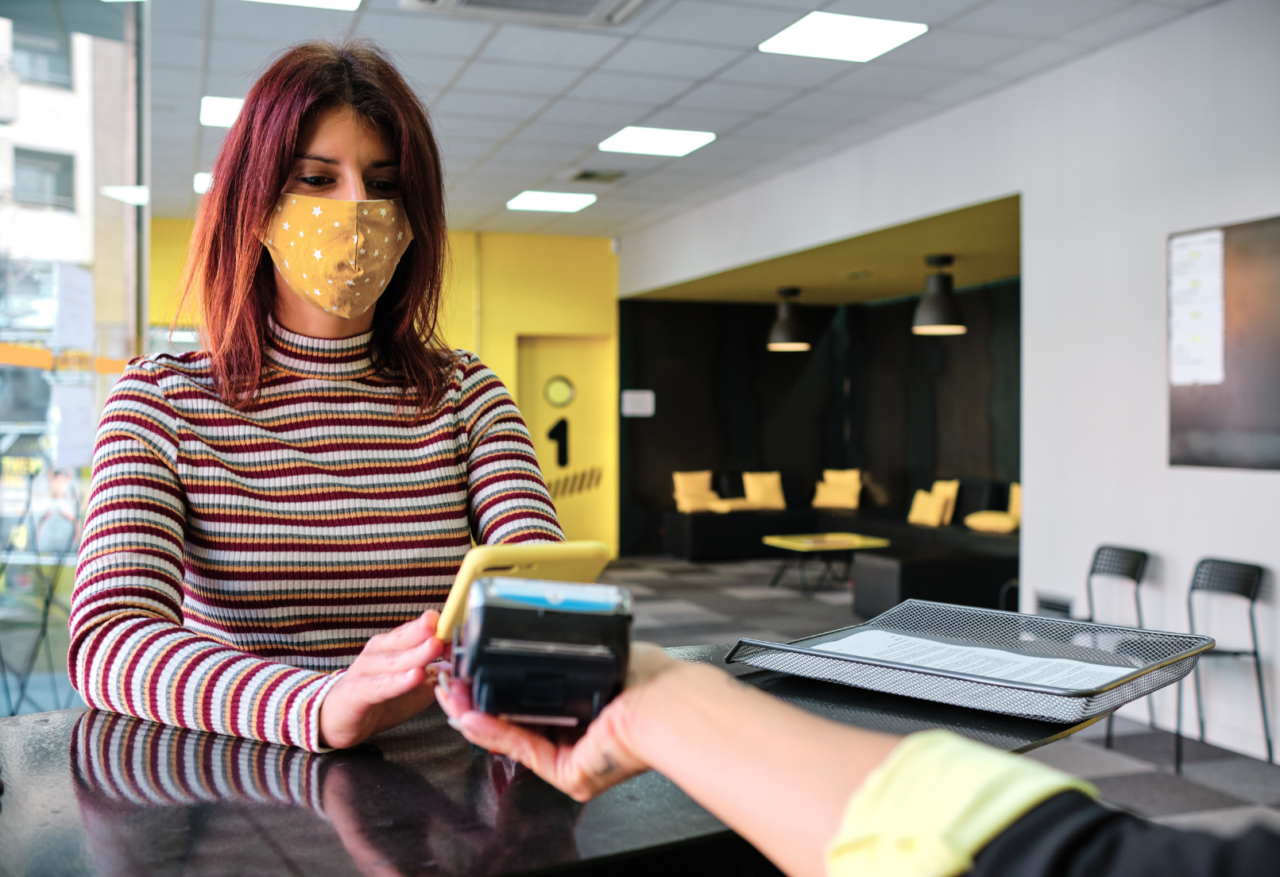Any germaphobe will tell you that the surfaces of bills and coins have always been gross. And handing your credit card to a cashier who has the sniffles and a hacking cough? Even in pre-pandemic times, also gross. Even in pre-pandemic times, also gross. If you’re looking for a self-improvement task in this pandemic era, try teaching yourself to use contactless payments with your phone or “tap-to-pay” credit and debit cards.
Now, COVID-19 has prompted the Centers for Disease Control and Prevention to advise using touchless payments whenever possible in the brick-and-mortar world. Consumers in the U.S. have been relatively slow to adopt touch any germaphobe will tell you that the surfaces of bills and coins have always been gross. And handing your credit card to a cashier who has the sniffles and a hacking cough? -free payments even though they’re more convenient and secure than swiping credit and debit cards. But maybe hygiene will be the tipping point as people seek a solution for, well, yucky money.
Since January, no-touch payments have increased at 69% of retailers surveyed by a research firm on behalf of the National Retail Federation. And two-thirds of retailers surveyed now accept some form of no-touch payment.

Learning to use contactless payments might be awkward at first, and some of your favorite retailers might not be equipped to accept them. The point is to give it a shot the next time you’re not in a rush in a checkout line that can handle contactless payments. “The first time I went to pay with my phone, I didn’t quite know how to do it,” said Jodie Kelley, CEO of the Electronic Transactions Association.
As people try to return to normal and encounter in-person payment terminals more regularly, here are a couple ways to experiment with contactless payments and avoid dirty currency and much-touched payment terminals.
TAP TO PAY
True, the word “tap” doesn’t exactly scream contactless. But “tap to pay” credit and debit cards really only need to be within a couple of inches of the payment terminal. The cards have little antennas inside. How to tell if your payment card has contactless capability? It will have a logo that looks like a sideways Wi-Fi symbol of radiating waves. Retail payment terminals that accept contactless payments have the same symbol. These cards don’t require a smartphone to complete a contactless payment, and you don’t have to use a PIN. Nine of the top 10 U.S. credit card issuers are actively distributing new contactless cards to customers.
SMARTPHONE PAYMENTS
With this option, you call up your wallet app and hold your phone near the terminal, and your phone will ask for authentication. That’s the normal unlocking procedure with your phone, whether punching in a code or using thumbprint or face identification. Many smartwatches work, too, as long as they have the required technology, called NFC, or near-field communication. You can use your smartphone to make payments or accept payments on PaidYet. Phone payments require a little prep work before you get to the checkout counter. First, you must enter your payment card information into your mobile wallet app. Then, the card is saved and available to use.
A huge concern is wondering if its secure. As you beam your next payment to a retailer’s checkout terminal, “Will I have my credit card number stolen?” will cross your mind. The nontechnical answer is that it’s safer than the old method of swiping your card. The card or phone sends encrypted payment information to the terminal — it essentially masks your real credit card number. Even if the payment information was intercepted, it would be useless to a thief.



